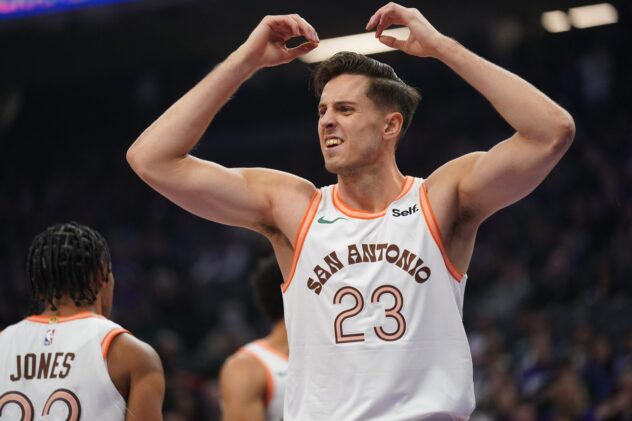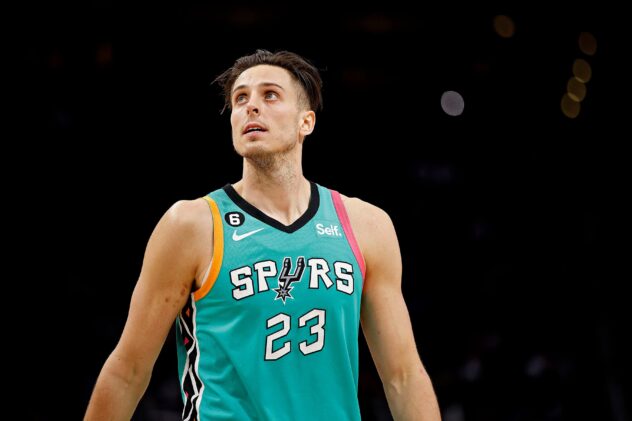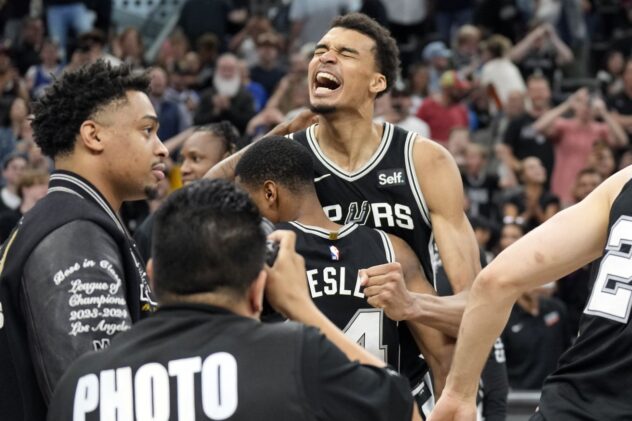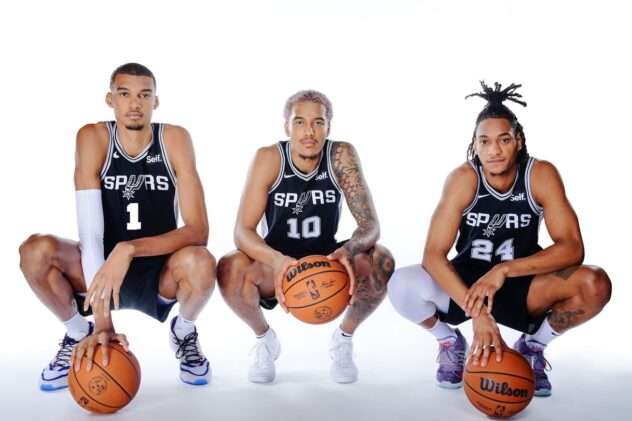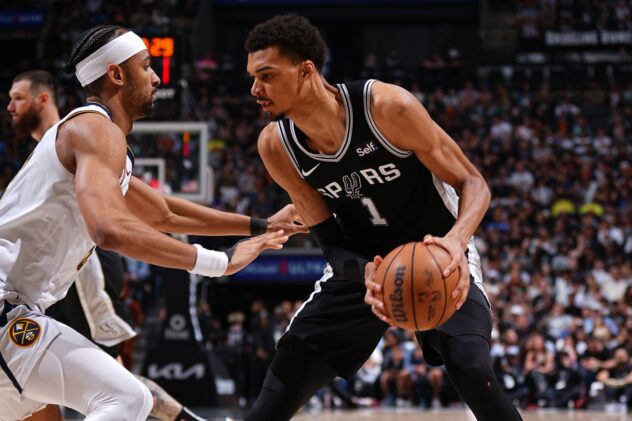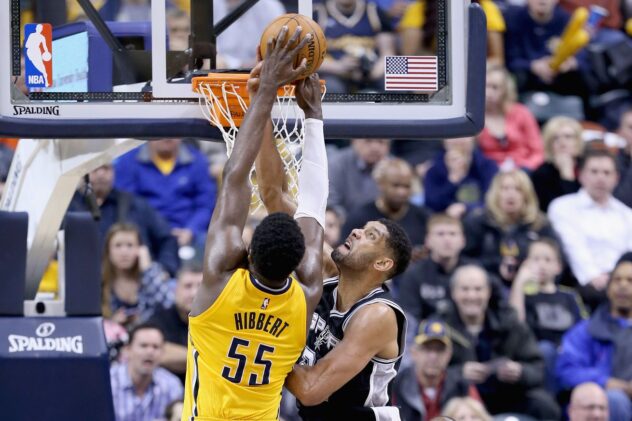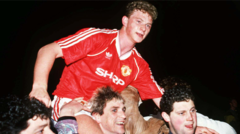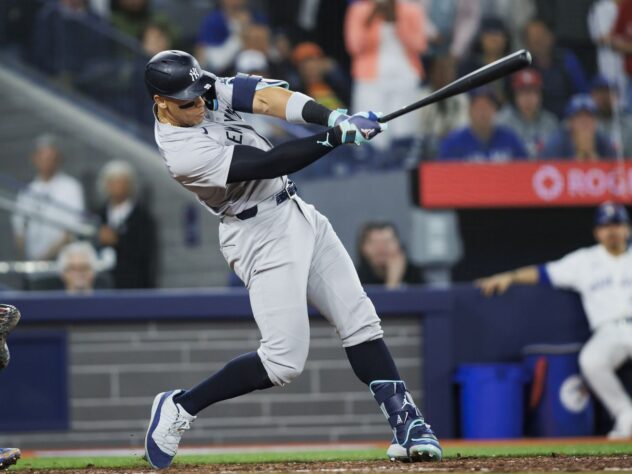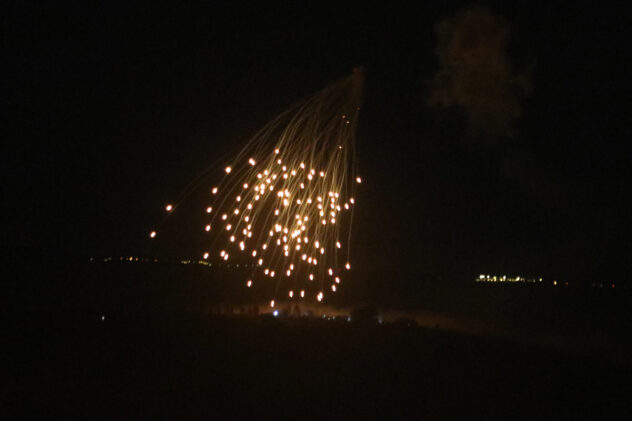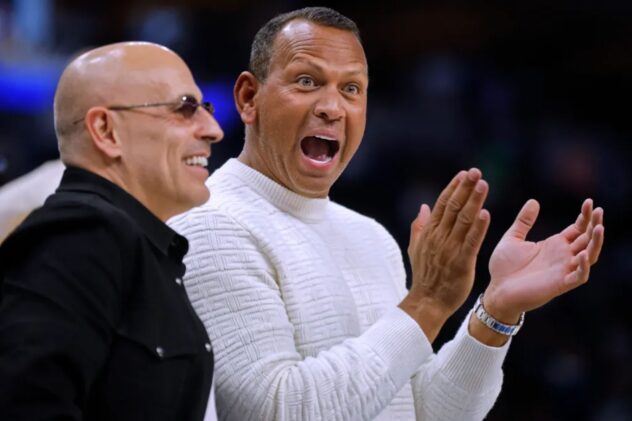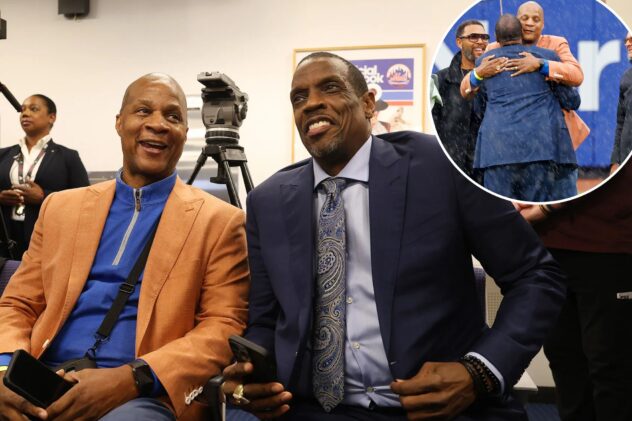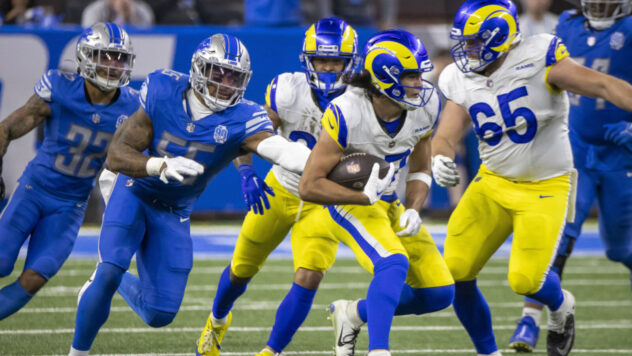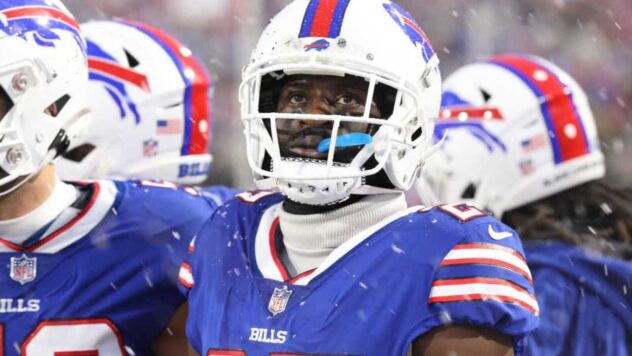Big questions about the Spurs that last season didn’t answer
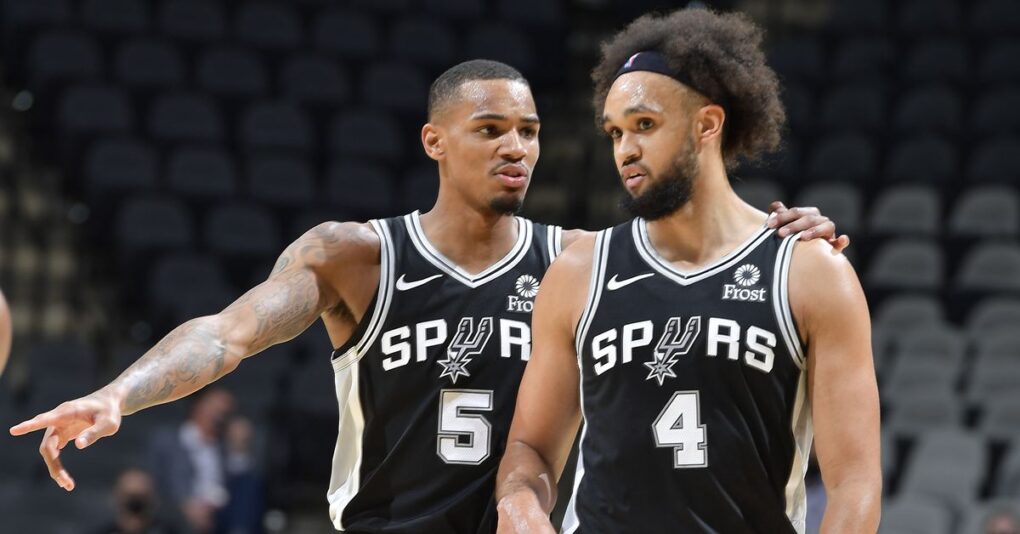
The 2020-21 season was a chaotic one. The short recess before it, the COVID-related rescheduling that forced teams to play with little to no rest, the injuries that seemingly resulted from it — they all conspired to make it a unique year that is hard to contextualize.
It’s just hard to tell which developments actually meant something and which were products of the circumstances. The teams that already have their blueprints for the future will get to write off most of what happened, but others will have to enter an important offseason with fewer reliable data points with which to make decisions.
The San Antonio Spurs are in the latter group, unfortunately, as they didn’t get to see their young core progress under normal circumstances. So let’s take a look at two of the more pressing questions San Antonio had hoped to answer this season but couldn’t fully figure out, through no fault of their own.
Are Derrick White and Dejounte Murray the backcourt duo to build around?
This is the question the Spurs have been trying to figure out for a while. Both White and Murray received extensions after their rookie contracts, so it’s clear San Antonio is intrigued by the pairing, but in total they have logged under 1,000 minutes together over the past two seasons.
To be fair, the results in that relatively small sample size have been good. Their individual stats unsurprisingly suffered when they shared the backcourt last season, but the Spurs have been significantly better with both Murray and White on the court at the same time, which is what really matters. At the same time, San Antonio still outscored opponents with just one of them on the court, and the positional overlap is obvious. If the Spurs only really need one, wouldn’t it make sense to trade the other for an upgrade at another spot? After all, if they share the court one of them will be forced to play shooting guard, and San Antonio has other young players who can fill that spot, including Lonnie Walker IV and lottery pick Devin Vassell.
On the other hand, the prospect of having two fantastic perimeter defenders on the court at the point of attack, each with their own strengths on offense, is tantalizing. Neither is the typical point guard, but between the two of them they should offer enough playmaking to get by, and with White becoming more comfortable with shooting threes in volume in this past season, the big underlying issue of a lack of spacing seems mostly solved. Those two, plus Jakob Poeltl, should be able to anchor a defense, so maybe finding or developing two-way forwards who can space the floor around them is the recipe for a balanced team.
In a normal year, White would have had more time to heal before action started and might have avoided a mid-season injury. Had that happened, the answer to the question of whether keeping both and starting them together is a winning recipe would have probably been a resounding “yes,“ considering how good they looked at times. But after seeing so little of the two together, it would be understandable for the Spurs to still have some reservations.
Should Lonnie Walker IV get an extension?
Walker entered his third season with a lot to prove and, unlike previous seasons, with the chance to do it. With Marco Belinelli and Bryn Forbes gone and White sidelined to start the season, Lonnie was primed to get more minutes than he ever did before. Yet despite getting more playing time than in his first two seasons combined, in many ways Walker remains a mystery, in part because he had to play too many roles.
With White out, Walker had to start early and late in the season next to two high usage perimeter players in Dejounte Murray and DeMar DeRozan, which meant he was asked to be a 3-and-D wing. He did fine in that role, connecting on 37 percent of his over four attempts per game and being an acceptable if sometimes overmatched man defender as a starter. (Off the ball is another story. There’s a lot of work to do there.) He was nothing special, but he was not expected to be since he was only put in that position because the Spurs were shorthanded.
The more damning stretch for Walker in terms of earning an extension came later, when he was moved to the role he was supposed to excel at. A huge reason why Walker is perceived to have upside is his potential as a shot creator. In that area he simply didn’t do particularly well off the bench, in units that desperately needed someone who could get their own bucket. Walker shot terribly on pull-ups and was firmly below average in isolation and the pick and roll, according to Synergy Sports. Lonnie had his moments, but in the aggregate he didn’t look like the prototypical scoring sixth man he was expected to be.
A solid but unimpressive stint as a 3-and-D wing and some flashes of potential as a bench scorer are not enough to earn an extension in most cases, but the fact that he was asked to play both in the same tumultuous season makes it hard to really gauge his actual worth. We still don’t know how good he can be when knowing what will be expected of him instead of having to adapt on the fly.
Why the answers matter
It seems like the safer thing for the Spurs would be to assume their two best guards will be able to play well with each other and also lead units that only feature one of them, and to just wait until restricted free agency to decide what to do with Walker, just like they did with Poeltl. Both positions do have some drawbacks, though.
If White and Walker don’t coexist as seamlessly as expected or struggle to create offense if DeMar DeRozan leaves, their trade value could plummet. As for Walker, it’s possible he could be extended on a team friendly contract right now, if he wants financial security, but if he has a breakout season before entering free agency, it could cost a lot to retain him.
These are not easy decisions, and having to make them after a year that featured so many anomalies makes them even harder to figure them out. Hopefully the Spurs have somehow gathered all the information they need despite the circumstances.

